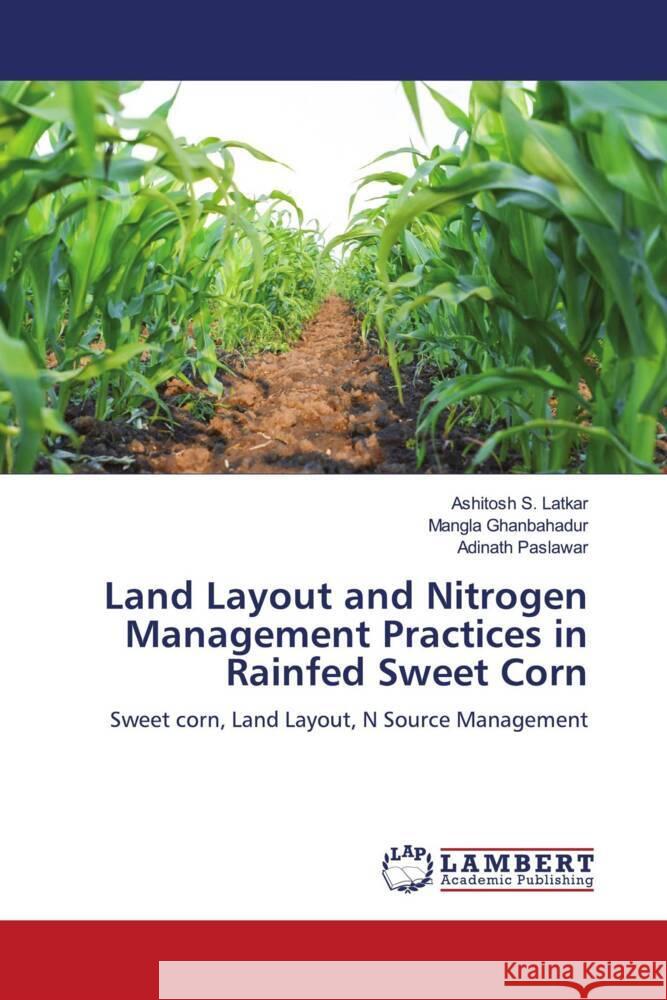Land Layout and Nitrogen Management Practices in Rainfed Sweet Corn » książka
Land Layout and Nitrogen Management Practices in Rainfed Sweet Corn
ISBN-13: 9786204734958 / Angielski / Miękka / 128 str.
Rainfed farming has divergent phase in Indian Agriculture, occupies 67% (108.15 M ha) of the cultivated area contributing 44 % of the food grain production and supporting 40 % of the population. Maize crop has emerged as the third most important crop after rice and wheat in the world and considered as "Queen of Cereals". The Land configuration plays an important role in conservation of maximum possible rain water in the soil. Soil management and agronomic practices like tillage operation, mulching, ridges and furrow, intercropping, BBF are tailored to store and conserve as much rainfall as possible by reducing runoff and increasing store capacity of the profile. Most of rainfed soils are low in OC with low aggregate formation, prone to erosion and required land management along with appropriate fertilizer management. Nitrogen management and its sources of nutrients are also contributing to enhancing quality of produce which plays essential role in influencing growth, yield and yield contributing characters of crop. Corn sowing on ridges with STCR nutrient management is most suited practice which is known to increase moisture and N use efficiency and the resultant yield.











